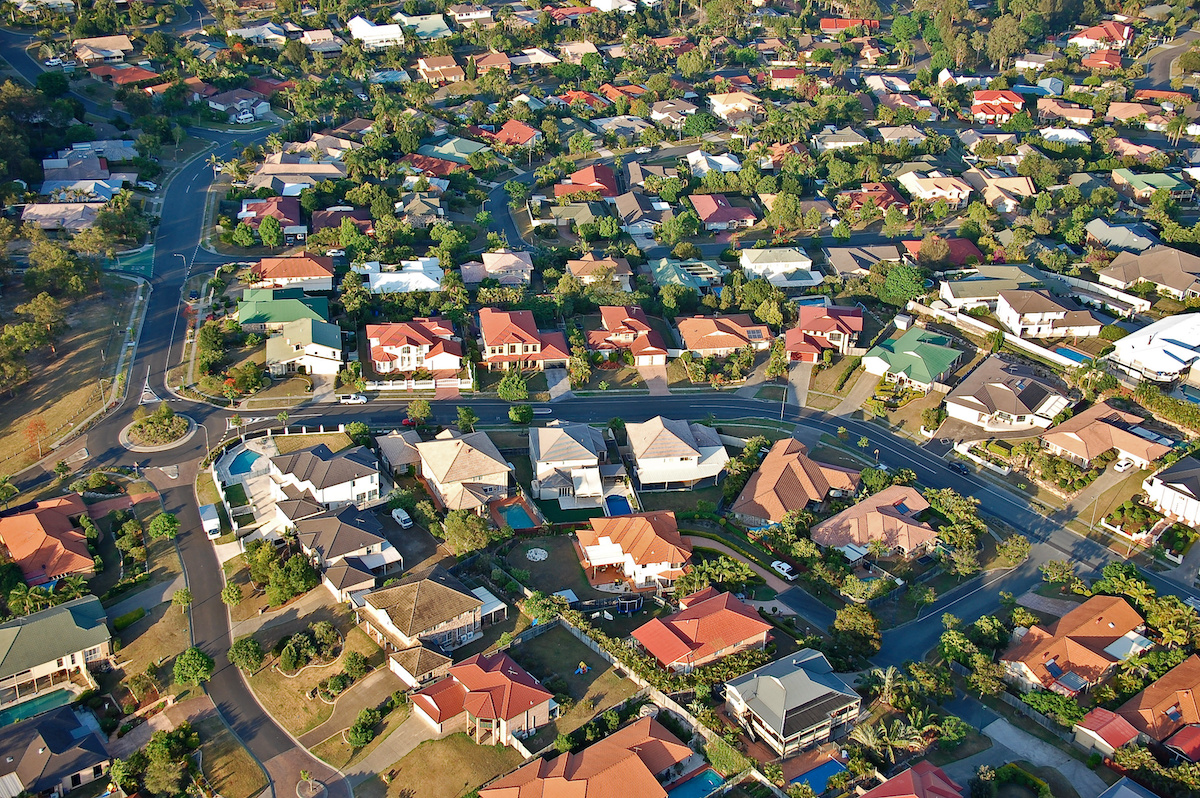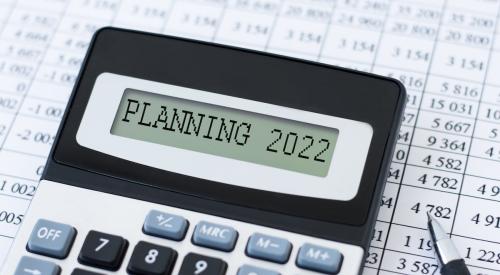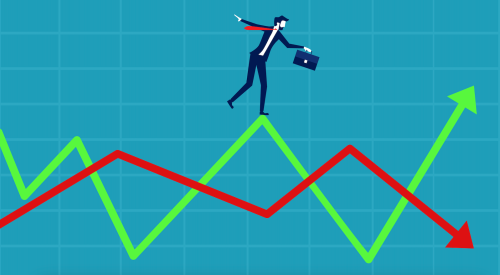The housing boom will end in 2022, at least that’s what economist Bill Conerly says. What will put an end to the frenzy will be an increase in mortgage rates, he writes, because mortgage rates have been the key to the buying boom. Low mortgage rates helped lower monthly mortgage payments by 12%, which enabled many to purchase a home sooner. A shift in desired housing types also plays a big factor in the housing boom. More buyers needed more space, often meaning Americans needed out of their apartments and into larger single-family homes.
Others found urban living less fun, so they headed into the suburbs where houses are more common than apartments.
The increased demand for houses drove prices up, quite predictably. Yet the supply could not adjust as fast as demand. Home builders ramped up production in the second half of 2020, but after a few months they ran into supply constraints. Ready-to-build lots were all bought up, labor for construction was hard to find and social distancing made workers less productive. Now rising materials prices and goods on back-order squeeze profit margins. That’s how we find ourselves in the current housing boom.
But this boom is not a bubble, because the rise in prices is easily explained by the fundamentals of cheap mortgages and supply limitations. Recent housing starts are below historical averages, though that is justified by lower population growth. But with the shift from multifamily to single family housing, recent construction levels make sense. There need be no sudden drop in new construction to maintain a reasonable equilibrium.













